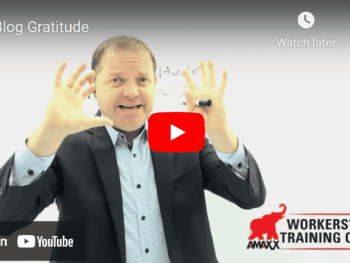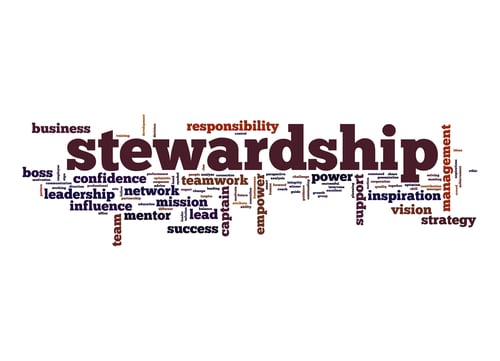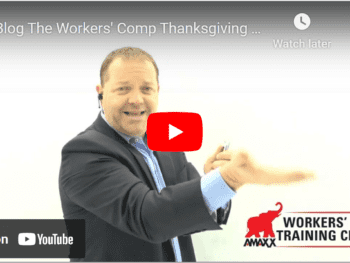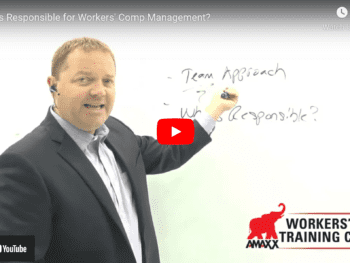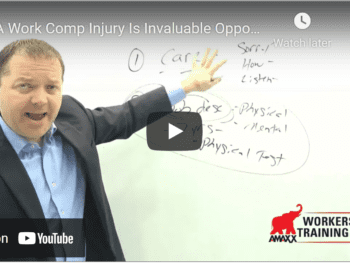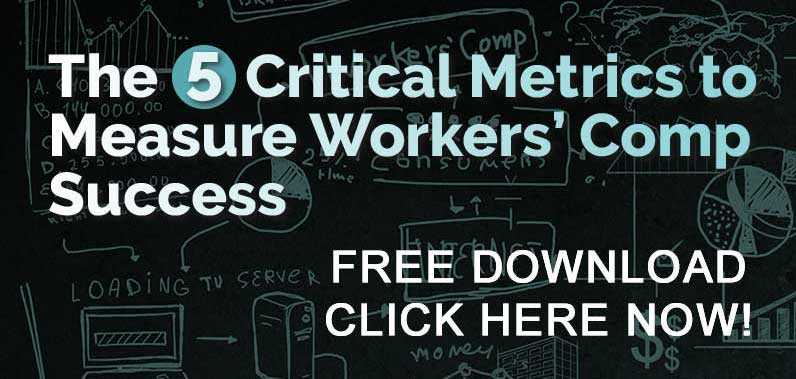Hey, there. Michael Stack here, CEO of AMAXX. So it was about two months ago now that my wife and I made a fairly life altering decision when we decided to homeschool our four young children. So we have a seven year old that’s in second grade, a six year old in first grade, and then five and a three year old who are both in preschool. Now reasons for why we made that move are many, but the main one is that we wanted to be very intense about the values that we’re teaching and the path that we’re on as a family.
Spend Time Coordinating Personal Lives, Work Comp Is Afterthought
But while the values, and the motivation, and the path that we want to be on is very pure and very strong, one of the things that we can never get around is the impact, and coordination, and planning for how we will physically transport the children to any activities that they’re involved in. And I think any parent who’s raised children can understand this challenge of getting this one here, and that one there, and this one here to the various activities, and the impact that it has on the day, the week, and the month, and the year for what it is that you’re going to sign up for.
But what we spend so much time and coordination and effort on that in our personal lives, let me ask you a question. How does your employee, who’s injured at work, physically get to the medical provider? How does your employee, who’s injured at work, physically get transported to the medical provider? Do you have a consistent plan for that? Do you have a system? Do you have a designated individual for how that happens and what you’re looking to accomplish? I’ll tell you the answer to that, which is most often given is, “Well, we just kind of figure it out most times. You know, sometimes the injured employee will drive themselves, and sometimes it’ll be a supervisor, and sometimes it’s just someone that’s there that can kind of pop them in their car and take them over to the facility.”
Click Link to Access Free PDF Download
Intentional Workers’ Comp Transportation Plan
The lesson for today is to have a very intentional plan and I want to give you some very specific things that you should be looking for and trying to accomplish in your transportation plan. This doesn’t cost anything and it’s not very difficult to implement, but the impact it can have on that claim can be dramatic.
4 Steps to Workers’ Comp Transportation
So there’s the steps.
- Designate Individual. Step one, designate and individual. Who is it? Who’s the person that’s going to take your injured employee to the medical facility? It’s that same person every time. And, if for some reason, they aren’t available, they’re not there for the day, it’s not Option A, it’s Option B. Usually this is a supervisor, it’s a manager, or it’s another designated individual at your site that you’re going to make sure that that person every time that takes that person to the medical provider.
- Correct facility in a timely fashion. The second thing you want to do is you want to make sure they get to the correct facility. Make sure they get to the correct facility in a timely fashion. There’s so many things that could go wrong between point A and point B. You go here, you stop there, did they get into the right facility? Make sure they get to the right provider in a timely fashion.
- Stay with Injured Worker. Number three is, that designated individual is going to stay with the injured worker while they’re getting their treatment at the medical provider. So that designated individual stays with the injured worker, makes sure that that provider knows about your transitional duty program, make sure they have the employer brochure, the medical provider brochure, whatever information that you’re conveying, and making sure that they’re getting that treatment that they need.
- Return Injured Worker to Job or Home. And number four is, return that individual employee to the job site. And, if for some reason they can’t go back to the job site, then return that individual back to their home.
FREE DOWNLOAD: “5 Critical Metrics To Measure Workers’ Comp Success”
So these are the four steps. A designated individual. Making sure they get to the correct medical provider in a timely fashion. Stay with them, and return them to work. It doesn’t cost a thing, but the impact that it can have on your program can be dramatic.
Again, I’m Michael Stack, CEO of AMAX. And remember, your work today in Workers’ Compensation, it can have a dramatic impact on your company’s bottom line. But it will have a dramatic impact on someone’s life. So be great.

Contact: mstack@reduceyourworkerscomp.com.
Workers’ Comp Roundup Blog: https://blog.reduceyourworkerscomp.com/
©2018 Amaxx LLC. All rights reserved under International Copyright Law.
Do not use this information without independent verification. All state laws vary. You should consult with your insurance broker, attorney, or qualified professional.
FREE DOWNLOAD: “5 Critical Metrics To Measure Workers’ Comp Success”


